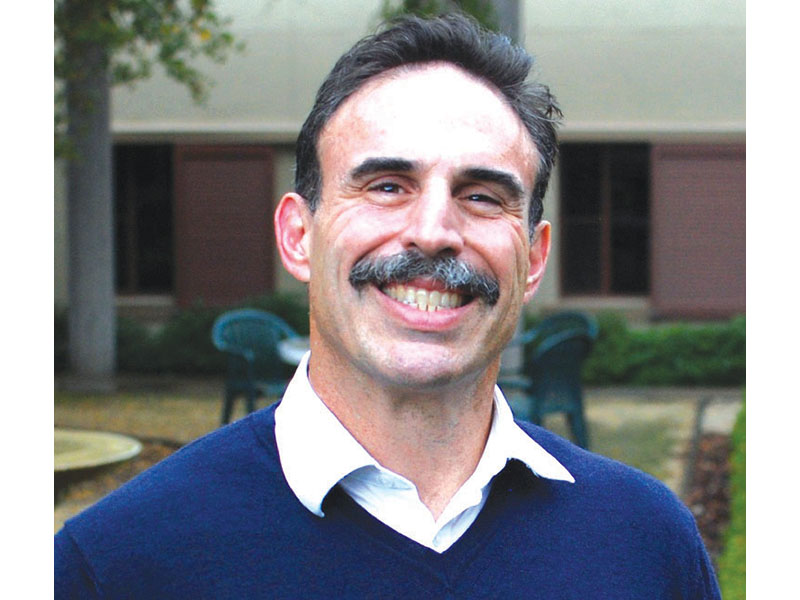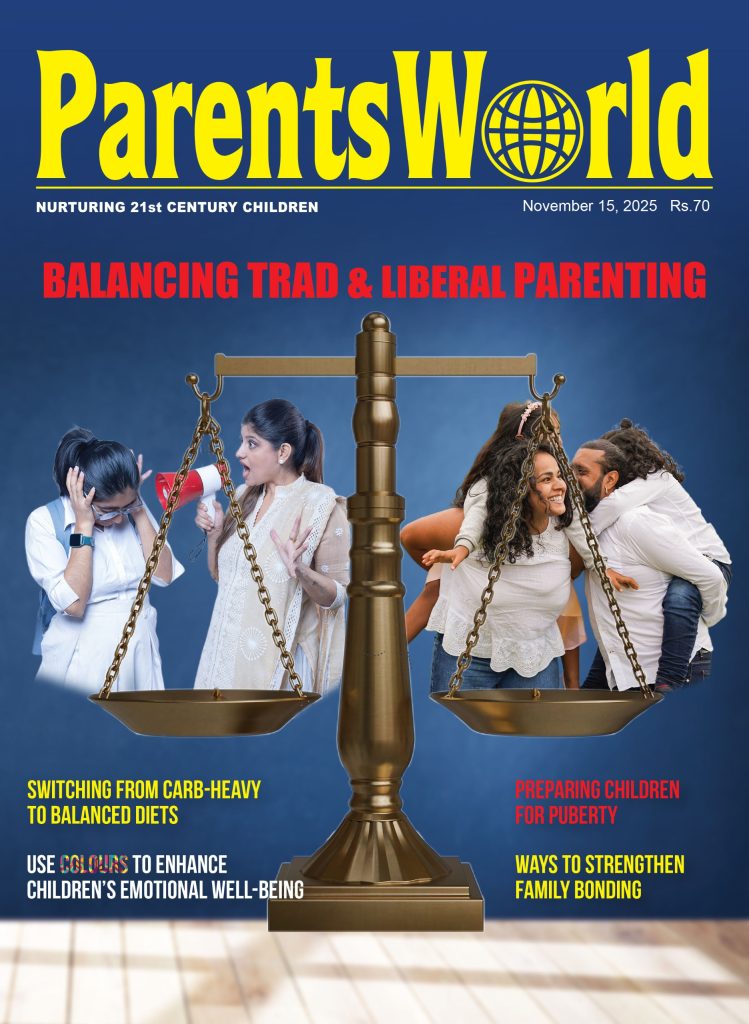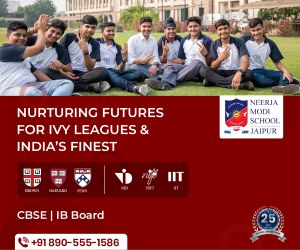5 American higher education myths
Raymond Ravaglia is former director of pre-collegiate studies, Stanford University
International students often bedazzled by the prospect of enroling in American universities are likely to make sub-optimal choices leading to dashed hopes for life after graduation
More harmful than not knowing, is believing something false to be true. Higher education, with its mix of self-appointed experts, high cost of failure, and aversion to deviating from collective wisdom, is a domain in which false beliefs abound. International students far removed and often bedazzled by the prospect of enrolling in American universities are likely to make suboptimal choices leading to dashed hopes for life after graduation. While great expectations cannot be entirely prevented, they can be punctured, and their influence dissipated.
Myth 1. Advanced Placement is a national curriculum. For students from countries with heavy-handed education ministries and highly regimented board examinations, it can be hard to accept that the United States does not have a national curriculum. In search of the nearest to a de facto national curriculum, Advanced Placement (AP) emerges as a logical choice.
What most parents and students abroad are unlikely to be aware of is that universities have been suspicious of the quality of Advanced Placement for at least 30 years. This is why although a score of 3 is widely regarded as a pass, few top-ranked universities award credit for less than 4.
The truth is that AP does not impact admissions like respected international curricula do. While Stanford University’s Admissions Office requires international students in IB or Cambridge International GCSE affiliated schools to submit board exam results, AP exam results are a weak signal, having little impact on admissions.
Myth 2. Graduate student experience is equivalent to the undergraduate. While no one believes graduate and undergraduate experiences are similar, people often believe stories heard from older family friends and relatives about big public universities in the US — that they are equivalent or near equal. But there are tremendous differences between being a graduate and undergraduate student, not least of which is that graduate students are usually paid to be there while undergrad students pay for the privilege. Other differences include class sizes, faculty interaction, and housing. This uneven distribution of resources invariably makes graduate school enjoyable, and undergrad life less than ideal.
Myth 3. Students graduate in four years. Most international students are aware that university undergrad programs in the US are of four years duration. What they don’t know is that most students take longer to graduate. Only 50 percent of international students, and 44 percent of domestic students, entering university as undergraduates emerge from the academy with a degree within four years. Indeed, the fact that four-year degrees typically take longer to complete is why the statistic most often given in the discussion of graduation rates is the six-year graduation rate.
Myth 4. University selectivity is all important. While there are clear economic benefits to earning a university degree, many misconceptions exist about the importance of choosing a top-ranked university as measured by its admissions percentage and placements record.
A report from the American Enterprise Institute about American university education titled ‘Does More Selective College Equal a Bigger Paycheck?’ concludes that four years after graduation:
- Median earnings for graduates from less picky four-year institutions are broadly similar with graduates from more selective schools.
- The earnings of graduates from less selective universities increase more rapidly than of graduates of top-ranked more selective universities.
While selectivity can correlate with career success, it often does so not because of what a student gains in university, but because of other factors such as legacy status and the social networks of students’ families.
Similarly a 2021 study about university selectivity titled ‘Same major, same economic returns? College selectivity and earnings inequality in young adulthood’ reached this conclusion about the correlation between admission selectivity and career success: “We find that recent graduates in only two majors — business and the social sciences — experience a selectivity premium.”
Myth 5. Universities don’t exploit their students. The final false belief that parents need to shake is that universities operate for the benefit of their students. While this may be true in the aggregate, it is rarely true in specific instances. All universities want all their graduating students to be successful, but they are satisfied with success measured from a portfolio perspective rather than on a student-by-student basis.
I encourage parents, especially of international students, to carefully reflect upon why universities compete intensively to recruit students. Is it because they are mission-driven institutions with a long history of developing student talent? Or because they are institutions with a long history of seeking new revenue sources? They may be both, but if you don’t know why they are recruiting your child, it is probably because they see you as a big pay day rather than as someone whose child they wish to educate.

















Add comment